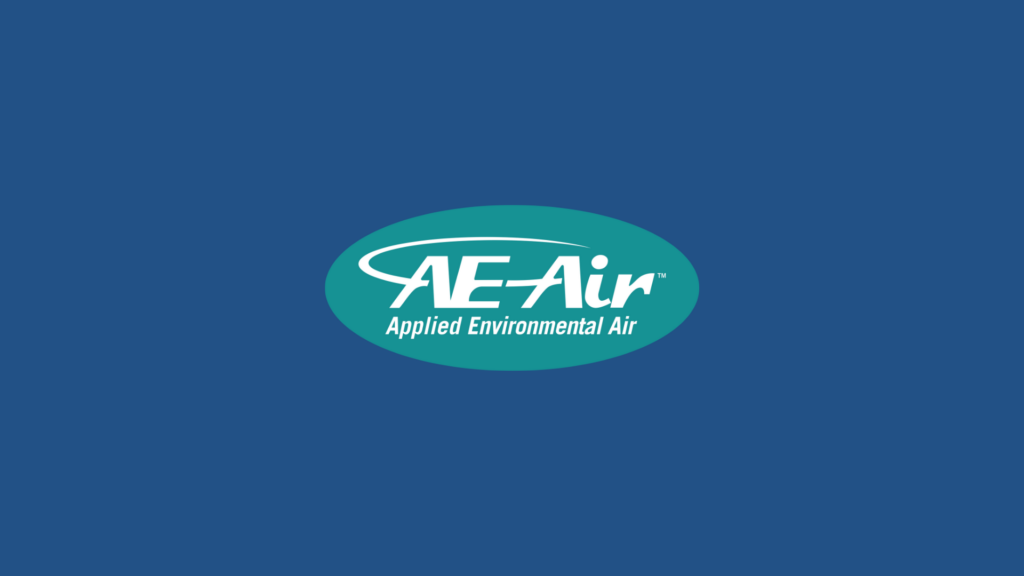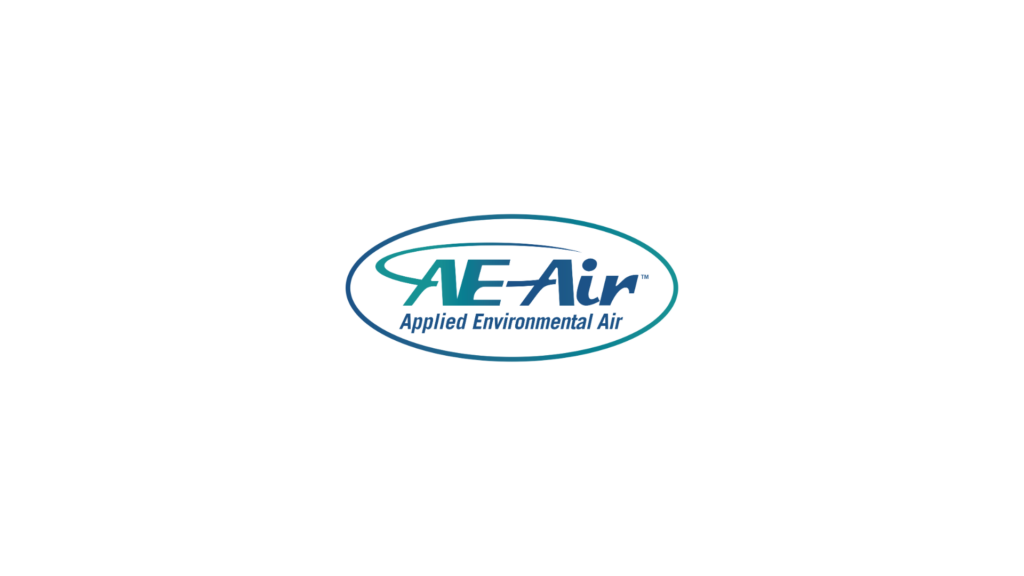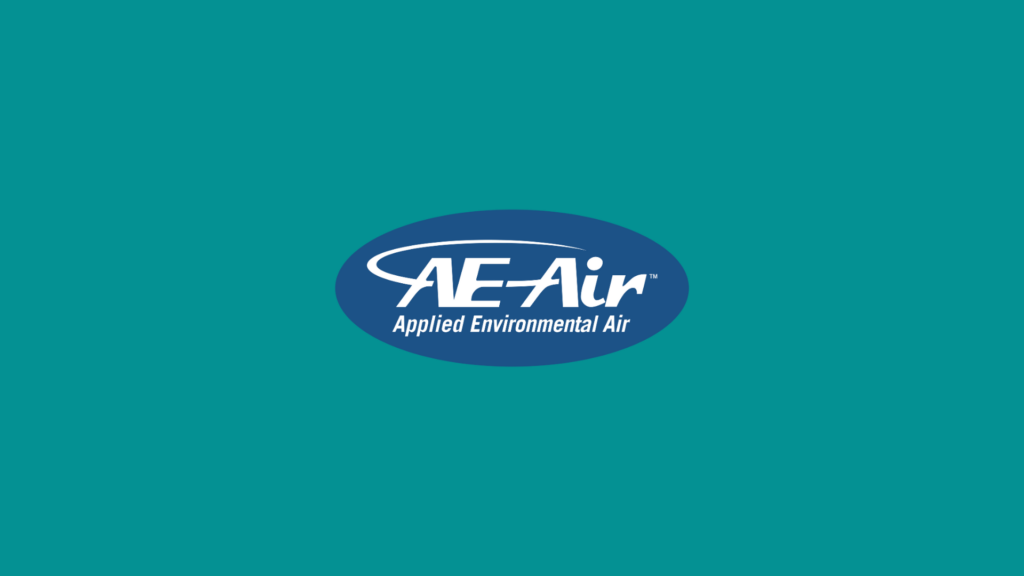Introduction
High-rise buildings are becoming increasingly common in urban landscapes, and with them comes the demand for efficient and adaptable HVAC systems. Horizontal water source heat pumps have emerged as an ideal solution for these towering structures. Their design ensures reliable climate control while supporting energy efficiency and space-saving measures.
These pumps operate by utilizing water from natural sources or existing water systems to heat and cool spaces, making them both environmentally friendly and cost-effective. Their horizontal design is particularly beneficial in high-rise buildings where space is often limited and challenging layouts are prevalent.
Integrating horizontal water source heat pumps within high-rise buildings not only enhances overall energy management but also optimizes floor space utilization. This makes them a preferred choice for developers and architects aiming to achieve both functionality and aesthetic appeal. As the construction of high-rise structures continues to rise, implementing such efficient HVAC solutions becomes essential for sustainable development.
Understanding Horizontal Water Source Heat Pumps
Horizontal water source heat pumps are designed to deliver efficient heating and cooling by harnessing the thermal energy from water sources. Unlike vertical counterparts, these pumps position components horizontally, making them ideal for high-rise applications where vertical space is constrained. This design ensures that high-rise buildings can maintain optimal climate control without compromising on precious space.
The operational principle involves circulating water through a system of coils, where heat is exchanged. During colder months, the pump extracts heat from the water and distributes it through the building, while in warmer months, it reverses the cycle, removing heat from interiors. This dual functionality makes horizontal water source heat pumps a versatile solution suited to various climate conditions.
High-rise buildings benefit significantly from these systems due to the horizontal configuration, which enables installation in tight spaces such as ceilings or narrow utility areas. They are particularly advantageous for retrofitting older buildings that might not have the infrastructure to support larger, bulkier systems. This adaptability allows architectural creativity to flourish, as the pumps accommodate unique building shapes and designs while upholding energy efficiency targets.
By choosing horizontal water source heat pumps, developers can better manage space and provide reliable climate control, addressing specific challenges that tall urban structures often present. This flexibility makes them an attractive solution for contemporary high-rise projects, providing a sustainable and efficient approach to heating and cooling.
Energy Efficiency and Space Optimization
Horizontal water source heat pumps stand out for their substantial energy-saving capabilities, which are vital in high-rise buildings. They utilize the stable temperature of underground water sources to maintain comfortable indoor climates, significantly outpacing traditional systems in energy efficiency. This translates to reduced utility costs and lower carbon footprints, making them an environmentally responsible choice.
Moreover, these heat pumps are compact and can be installed in areas that don’t disrupt the building’s design. This capability means they contribute to space optimization by freeing up valuable square footage for other uses. In densely populated urban areas where building space is prime real estate, this feature is particularly advantageous. By maximizing usable space, building owners can increase tenant satisfaction and property value.
The operational efficiency of these systems also means that fewer units and less auxiliary equipment are needed to service an entire building. This reduction in equipment lowers initial installation costs and ongoing maintenance expenses, enhancing the overall cost-effectiveness of these systems.
Integration with Ceiling High-Performance Fan Coils
Combining horizontal water source heat pumps with ceiling high-performance fan coils provides an optimal HVAC solution for high-rise buildings. The synergy between these systems enhances overall efficiency and comfort. The fan coils distribute conditioned air efficiently throughout large spaces, complementing the heat pumps’ temperature regulation abilities.
This integration allows for a more precise climate control system, maintaining consistent temperatures and improving air quality. The ceiling high-performance fan coils are designed to work quietly and effectively, reducing noise pollution while maximizing airflow. This is crucial in high-rise buildings where noise can easily travel through floors and walls.
Furthermore, this combined system can significantly reduce energy costs. The ceiling fan coils work seamlessly with the heat pumps’ efficient water-based energy transfer, creating a system that uses less electricity than traditional heating and cooling methods. This partnership not only leads to financial savings but also minimizes environmental impact.
With these systems working together, building occupants can enjoy a stable indoor environment that is tailored to their needs. The adaptability of both components offers a dynamic approach to managing the varying demands of high-rise structures. This integration promises to be a powerful asset for developers focused on sustainability and performance.
Installation and Maintenance Considerations
When installing horizontal water source heat pumps in high-rise buildings, several factors must be addressed to ensure efficiency and longevity. Planning ahead and considering specific site requirements can prevent future complications.
Key Installation Considerations:
- Space Planning: Ensure adequate space for installation and maintenance of the system.
- Structural Compatibility: Evaluate the building’s current infrastructure to include necessary support for new systems.
- Access Points: Create easy access for technicians to perform regular checks and repairs.
Maintaining these systems calls for consistency and attention to detail. Regular maintenance ensures the systems run smoothly and prolongs their life span.
Maintenance Checklist:
- Inspect Water Quality: Regularly check and maintain water quality to prevent system blockages.
- Clean Coils and Filters: Keep coils and filters clean to maintain airflow and efficiency.
- Check System Performance: Monitor overall system performance for irregularities and address them promptly.
- Schedule Professional Servicing: Arrange for qualified technicians to conduct thorough inspections at least once a year.
Through careful installation and diligent maintenance, horizontal water source heat pumps can effectively serve high-rise buildings for many years, providing reliable and efficient heating and cooling solutions.
Conclusion
As urban landscapes continue to evolve, the demand for effective and efficient HVAC solutions in high-rise buildings grows. Horizontal water source heat pumps offer a powerful combination of energy efficiency, adaptability, and climate control, making them an ideal choice for modern developments. Their seamless integration with ceiling high-performance fan coils further enhances this capability, allowing buildings to maintain optimal air quality and temperature.
For those interested in optimizing their high-rise construction projects, AE Air provides cutting-edge solutions tailored to meet these demands. Our expertise in flexible HVAC systems ensures that we deliver energy-efficient and sustainable options that integrate seamlessly into your architectural vision. Contact us today to learn how our commercial HVAC solutions can support your next high-rise endeavor.



